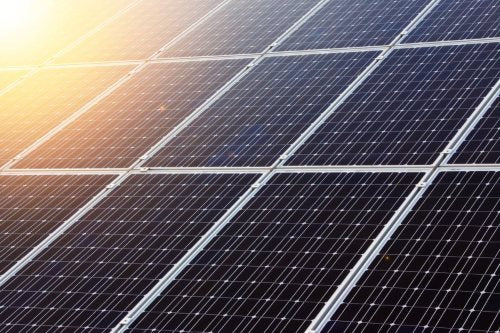Leading international solar trade magazine photon conducted the photon field performance test to help consumers sort the wheat from the chaff by publishing the actual results gathered during the testing.
Photon solar panel test results 2017.
Since the beginning of 2007 photon lab has employed its own inverter test methodology and regularly published results from those tests.
Photon laboratory is focused primarily on performing yield measurements under standard test conditions stc evaluating weak light behavior and determining temperature coefficients.
Trina 250w 95 3 percent.
Photon laboratory has tested solar modules and solar inverters since 2009.
To make these results easier to comprehend the editorial staff drawing its inspiration from school report cards launched a grading system with its own testing certificates.
The company has three main verticals manufacturing and supplying a wide range of solar energy products and solutions like solar pv modules solar lanterns now.
The grades range from a to e.
The measurements have been paused in 2016 and 2017 but are to be resumed in 2018.
However the question of interest that remains is what can be inferred from the power losses established during the first 50 cycles of the module s operation.
In the meantime results are available for around 200 different module types for the period up to june 2015.
Results are as production per watt lg 300w 102 7 percent.
Jinko 250w 100 percent.
The photon laboratory started these measurements in 2004 and they quickly became the world s largest test series of their kind to date.
The test series quickly became the world s largest of its kind.
Sunkalp energy has taken the latest results from 2015 and picked out the multicrystalline solar panels which are most commonly available for mw projects in india.
Map s zn shine panels were tested against 100 other solar panel brands.
The photon laboratory began measuring the yield of solar modules already in 2004.
Solar panel test results in order of performance.
Although much shorter than the iec test the photon rapid test is therefore much more informative due to the publication of the test results even when power losses are lower.
Qcells 265w 99 5 percent slightly newer panel than the rest rene 250w 99 4 percent.
Photon has developed a measuring device for this purpose which records the current voltage characteristic curve of a module every second.
In the field of solar module measurement it has carried out more than 6 000 measurements.
Risen 250w 100 2 percent.
Measuring the yield from solar modules was the first test photon developed.
The test measures the electricity output of a solar panel exposed to real world conditions within a 12 month period.










